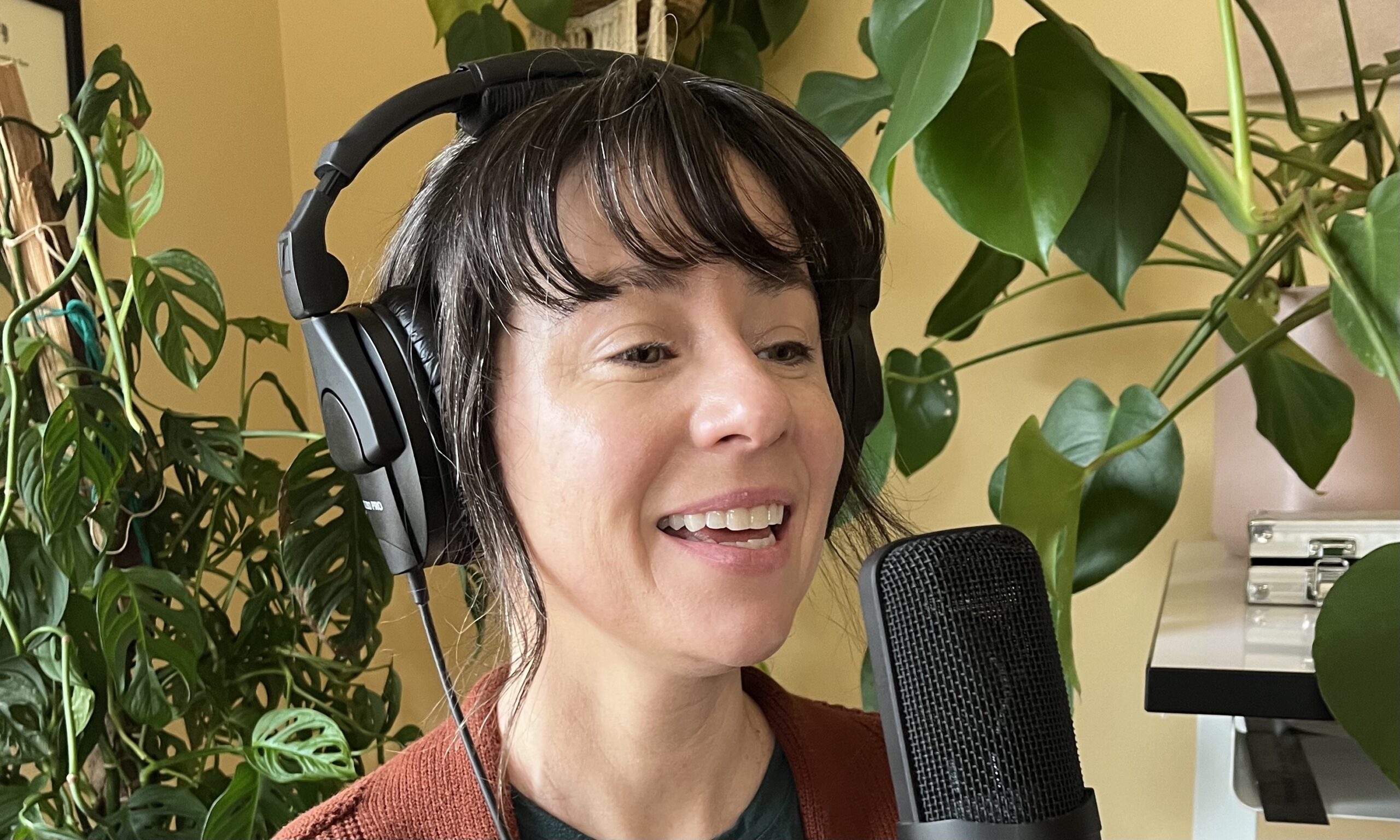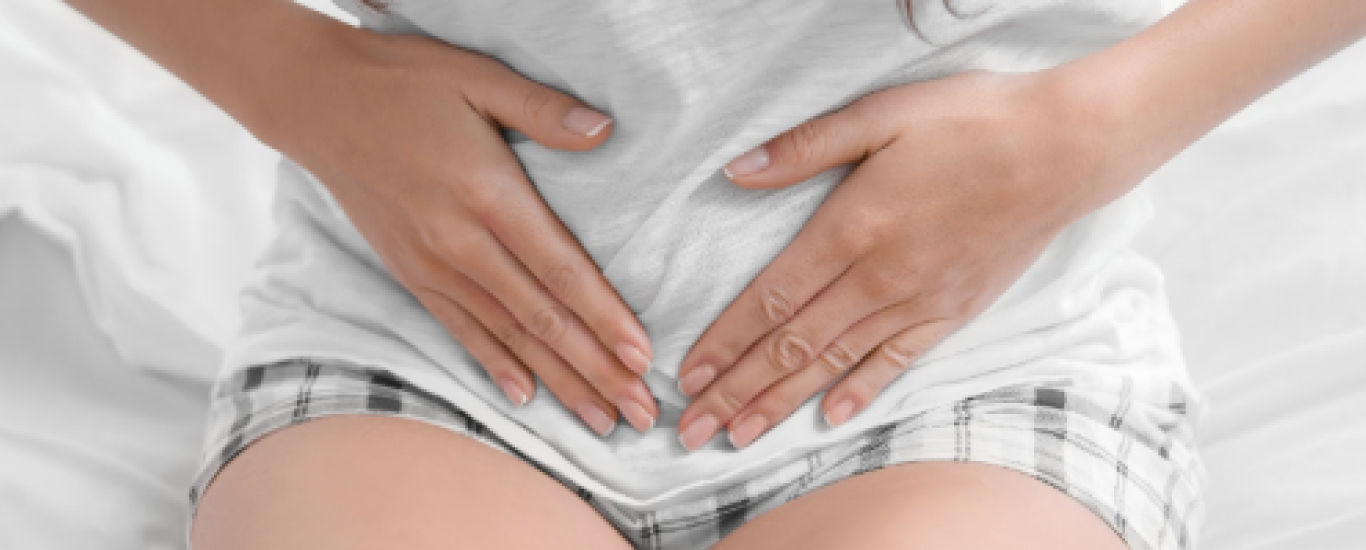Are your bones as strong as they could be? If you’re a woman over 40, it’s time to start asking yourself this important question.
Osteoporosis is a condition where bones become fragile and brittle due to decreased bone mineral density (BMD). This leads to weakened bones and an increased risk of fractures, particularly in the spine and hip. Bone loss typically accelerates for women during the menopause transition and early menopause, with significant consequences. In fact, between 40% and 50% of postmenopausal women will experience a fracture related to osteoporosis at some point in their lives. Shocking, right?
While advancing age, genetics, certain medications, and lifestyle factors like smoking or heavy alcohol
use increase the risk of osteoporosis, the primary driver of bone loss in women is estrogen deficiency that
occurs during menopause.
How Bone Loss Happens During Menopause
The most rapid bone loss occurs during menopause. For women in their 40s and 50s, the average annual loss of bone mass is around 2%, starting 1 to 3 years before menopause and continuing for 5 to 10 years. During this time, bone loss can amount to 10% to 12% in the spine and hip. After menopause, the rate of bone loss slows to about 0.5% per year, but by age 80, a woman may have lost around 30% of her peak bone mass.
Did you know? 15.4% of American women aged 50 and older suffer from osteoporosis of the hip. It’s crucial to take proactive steps to manage your bone health before this becomes a concern.
The Life-Changing Impact of Hip and Spine Fractures
Fractures related to osteoporosis have serious, life-altering consequences. Hip fractures, in particular, come with a devastating toll on physical health, quality of life, and even mortality. After a hip fracture, the risk of death within 3 months increases by 5 to 8 times, with an additional 20% risk of dying within a year.
Long-term, up to 25% of women who suffer a hip fracture will require long-term care, and 50% will experience long-term mobility loss.
Vertebral fractures are also painful, leading to acute and chronic pain, height loss, deformity, and reduced ability to move, perform daily tasks, or even breathe comfortably.
Beyond the physical impact, osteoporosis and the fractures it causes can severely affect emotional and mental well-being. Pain, loss of independence, and changes to body image are often linked with depression and anxiety in those affected.
How to Reduce Your Risk of Osteoporosis
Now that you understand the importance of bone density, let’s talk about how to reduce your risk of osteoporosis.
1. Get a DEXA Scan
Unlike other health issues that might show symptoms, low bone density often has no noticeable signs until it’s too late. That’s why it’s critical for women in midlife to be proactive about their bone health. It’s far easier to maintain strong bones than to try to rebuild them after significant loss.
Interestingly, studies show that hot flashes and night sweats are associated with lower bone miner density and an increased risk of fractures. This makes it even more essential to stay on top of your bone health during menopause.
The DEXA scan (also called DXA) is a simple, painless imaging test that uses low-energy X-rays to measure bone density. It’s the primary tool used by doctors to assess bone health and detect osteoporosis. Early detection allows for the use of therapies that can slow or even reverse bone loss. The standard recommendation is to begin getting a DEXA at age 65, but as we discussed earlier, by that time, significant bone loss may have already occurred. Ideally, women should have their first DEXA at 45. However, insurance companies often won’t cover this unless you have specific risk factor.
Pro tip: To advocate for an earlier DEXA scan with your healthcare provider, 1) share the information about the rapid bone loss that occurs during menopause, and 2) ask whether you have any risk factors (such as family history, low body weight, or lifestyle habits) that might justify testing sooner.
2. Healthy Habits for Strong Bones
Nutrition, regular physical activity, and avoiding harmful habits like smoking and excessive alcohol consumption are key to maintaining bone strength. It’s never too early to start taking care of your bones, and I often begin talking about bone health with my patients during their first pregnancy. This is a great time to emphasize the importance of regular exercise, eating enough protein, and ensuring robust levels of vitamin D.
Here are a few tips:
● Eat a balanced diet: Ensure you’re getting enough calcium and vitamin D through food or supplements.
● Exercise regularly: Weight-bearing exercises (like walking, jogging, or dancing) and strength training are essential for maintaining bone health. Find out the 5 best strength training exercises for women in midlife to help combat bone loss.
3. Supplements: Calcium and Vitamin D
When it’s difficult to meet your calcium and vitamin D needs through food alone, Supplements can help. Studies show a direct correlation between bone density improvement and adequate vitamin D levels, ideally above 32 ng/ml. I recommend regular vitamin D testing, especially during pregnancy, postpartum, and annually after age 50.
4. Prevent Bone Loss with Hormone Therapy
Hormone therapy (HT) can be a highly effective option for postmenopausal women to prevent bone loss and reduce fracture risk. Estrogen deficiency is the primary cause of osteoporosis during menopause, a HT can help slow or even stop bone loss. HT also alleviates common symptoms of menopause, such as hot flashes and night sweats, which are linked to lower bone density.
While exercise alone may improve bone strength in premenopausal women, it does not prevent bone loss in postmenopausal women without the support of HT or other medications.
There are also several other classes of medications proven to reduce fracture risk, and they often provide more significant benefits than nutrition, exercise, and supplements alone. To learn more a medications that reduce fracture risk, feel free to book a call with me.
The Bottom Line
Bone health is often overlooked until it’s too late. But I encourage you to take charge of your bone health
journey now. If you have a family history of osteoporosis, if you’re in perimenopause, or if you have small
bones, it’s time to take preventative action before you face life-changing fractures later on.
Taking the right steps today could mean a healthier, stronger future for your bones.
Book a Call




